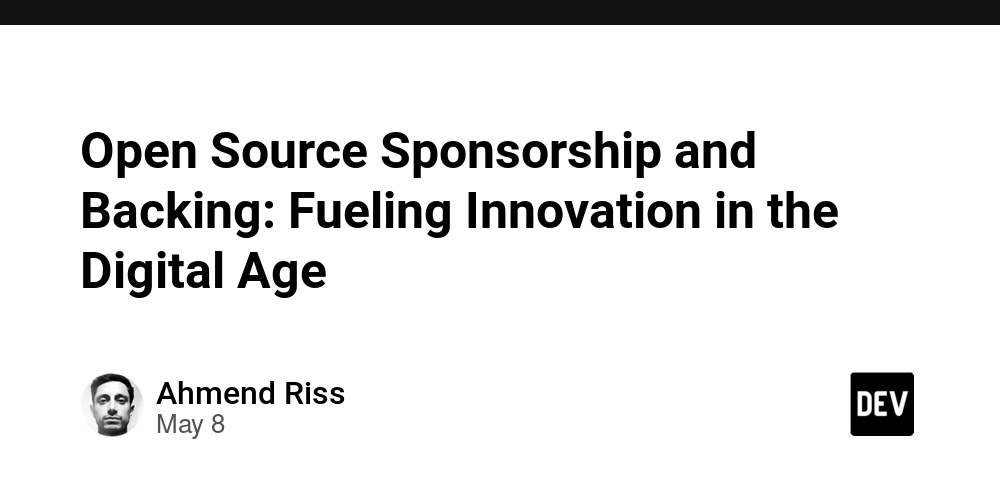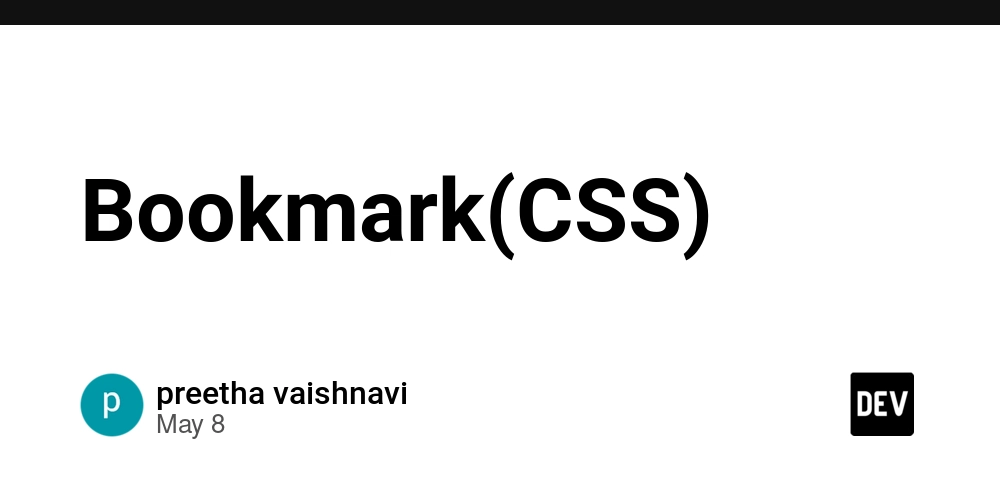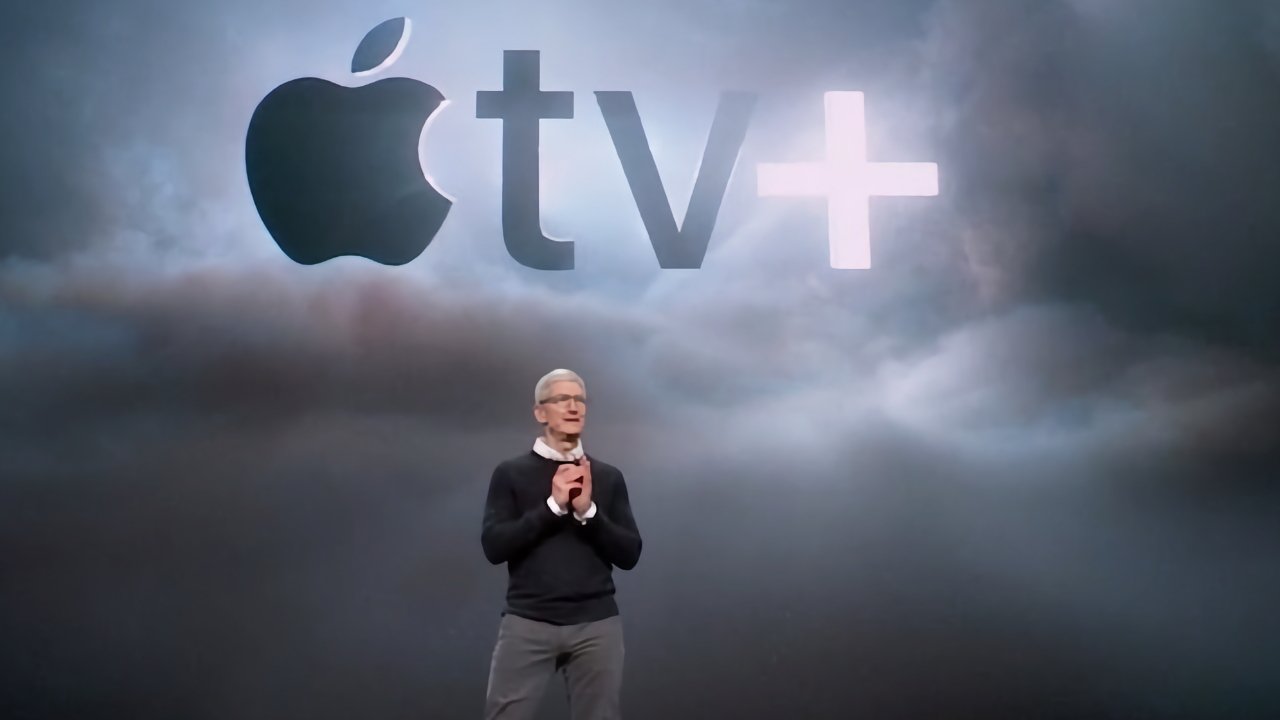Open Source Sponsorship and Backing: Fueling Innovation in the Digital Age
Abstract Open source software forms the backbone of modern digital innovation. In this post, we delve into the evolution, core concepts, and practical applications of open source sponsorship and project backing. We explore how these funding models empower developers, ensure long‐term sustainability, and drive forward infrastructure—from blockchain and NFTs to enterprise systems. With historical context, a discussion of inherent challenges, and an outlook on emerging trends, this guide provides actionable insights for technical experts, developers, and decision-makers alike. Learn how mechanisms such as corporate sponsorship models, grant funding, and open collaboration are transforming the future of open source innovation while addressing sustainability and security challenges. Introduction In today’s digital ecosystem, open source software is more than just a collection of code—it is the foundation on which modern technologies like blockchain, NFTs, and web applications are built. However, behind the scenes lies a critical struggle: how to sustainably fund and support the innovation and security of these projects. Open source project sponsorship and project backing aim to address this challenge. These mechanisms provide both financial sustainability and multi-dimensional support that fuels development, community engagement, and long-term security. This post outlines the historical evolution of open source funding, details its core components, examines practical use cases such as blockchain infrastructure and NFT platforms, and discusses challenges and future trends. Whether you are a developer eyeing financial independence or a corporate decision-maker looking to bolster digital innovation, you will find a wealth of insights here. Background and Context The story of open source begins with a shared passion for collaboration and knowledge exchange. Originally, software development was a community-driven pursuit within academic and research environments. As the world moved towards digital transformation, the reliance on open source software expanded into mission-critical applications. Evolution of Funding Models Volunteer Roots: Early open source projects were driven by the voluntary spirit of developers who shared their code openly, without significant financial backing. Growing Complexity: As technology evolved, the scale and complexity of these projects increased. This required professional maintenance, robust security protocols, and dedicated development time—resources that volunteer efforts could not always supply. Structured Sponsorship: Realizing the need for sustainable funding, financial models emerged where corporations and individual backers invested in open source projects. This ushered in initiatives like corporate sponsorship models and grant funding programs. Platforms such as GitHub Sponsors and Open Collective have become pivotal in providing recurring support. Backers Beyond Funding: In addition to direct financial support, project backers also offer technical expertise, infrastructure support, and promotional services. This multidimensional backing is essential in today’s threat-rich digital landscape. For more detailed insights on funding evolution, refer to the concept of sustainable funding for open source and unpaid volunteer work. Core Concepts and Features Understanding the realm of open source sponsorship and backing requires a grasp of its two main pillars: direct financial sponsorship and comprehensive project backing. Open Source Project Sponsorship Definition and Mechanism: Sponsorship in open source is the act of providing funds or resources directly to project maintainers, allowing them to focus on critical tasks such as coding, security audits, and documentation improvements. By investing in the project, sponsors help maintain its vitality and accelerate innovation without burdening developers with financial uncertainties. Key Features of Sponsorship Programs: Financial Input: Recurring or one-time donations; sponsorship tiers are structured to reward both small donors and large corporate entities. Dedicated Developer Time: A steady flow of funding means developers can dedicate more time to innovation and addressing technical challenges. Enhanced Security: Regular funding enables scheduled audits and the implementation of advanced security measures. In-Kind Contributions: Beyond cash, sponsors often contribute with cloud hosting, hardware, or professional services that add strategic value. The following table summarizes various sponsorship channels: Channel Type of Support Example Platform Direct Financial Support Recurring/check-based donations GitHub Sponsors Corporate Sponsorship Corporate funds & partnerships Corporate Sponsorship Models Grants and Fellowships Competitive funding awards Apache Foundation Grants In-Kind Contributions Hardware, cloud services, expertise Op

Abstract
Open source software forms the backbone of modern digital innovation. In this post, we delve into the evolution, core concepts, and practical applications of open source sponsorship and project backing. We explore how these funding models empower developers, ensure long‐term sustainability, and drive forward infrastructure—from blockchain and NFTs to enterprise systems. With historical context, a discussion of inherent challenges, and an outlook on emerging trends, this guide provides actionable insights for technical experts, developers, and decision-makers alike. Learn how mechanisms such as corporate sponsorship models, grant funding, and open collaboration are transforming the future of open source innovation while addressing sustainability and security challenges.
Introduction
In today’s digital ecosystem, open source software is more than just a collection of code—it is the foundation on which modern technologies like blockchain, NFTs, and web applications are built. However, behind the scenes lies a critical struggle: how to sustainably fund and support the innovation and security of these projects. Open source project sponsorship and project backing aim to address this challenge. These mechanisms provide both financial sustainability and multi-dimensional support that fuels development, community engagement, and long-term security.
This post outlines the historical evolution of open source funding, details its core components, examines practical use cases such as blockchain infrastructure and NFT platforms, and discusses challenges and future trends. Whether you are a developer eyeing financial independence or a corporate decision-maker looking to bolster digital innovation, you will find a wealth of insights here.
Background and Context
The story of open source begins with a shared passion for collaboration and knowledge exchange. Originally, software development was a community-driven pursuit within academic and research environments. As the world moved towards digital transformation, the reliance on open source software expanded into mission-critical applications.
Evolution of Funding Models
- Volunteer Roots: Early open source projects were driven by the voluntary spirit of developers who shared their code openly, without significant financial backing.
- Growing Complexity: As technology evolved, the scale and complexity of these projects increased. This required professional maintenance, robust security protocols, and dedicated development time—resources that volunteer efforts could not always supply.
- Structured Sponsorship: Realizing the need for sustainable funding, financial models emerged where corporations and individual backers invested in open source projects. This ushered in initiatives like corporate sponsorship models and grant funding programs. Platforms such as GitHub Sponsors and Open Collective have become pivotal in providing recurring support.
- Backers Beyond Funding: In addition to direct financial support, project backers also offer technical expertise, infrastructure support, and promotional services. This multidimensional backing is essential in today’s threat-rich digital landscape.
For more detailed insights on funding evolution, refer to the concept of sustainable funding for open source and unpaid volunteer work.
Core Concepts and Features
Understanding the realm of open source sponsorship and backing requires a grasp of its two main pillars: direct financial sponsorship and comprehensive project backing.
Open Source Project Sponsorship
Definition and Mechanism:
Sponsorship in open source is the act of providing funds or resources directly to project maintainers, allowing them to focus on critical tasks such as coding, security audits, and documentation improvements. By investing in the project, sponsors help maintain its vitality and accelerate innovation without burdening developers with financial uncertainties.
Key Features of Sponsorship Programs:
- Financial Input: Recurring or one-time donations; sponsorship tiers are structured to reward both small donors and large corporate entities.
- Dedicated Developer Time: A steady flow of funding means developers can dedicate more time to innovation and addressing technical challenges.
- Enhanced Security: Regular funding enables scheduled audits and the implementation of advanced security measures.
- In-Kind Contributions: Beyond cash, sponsors often contribute with cloud hosting, hardware, or professional services that add strategic value.
The following table summarizes various sponsorship channels:
| Channel | Type of Support | Example Platform |
|---|---|---|
| Direct Financial Support | Recurring/check-based donations | GitHub Sponsors |
| Corporate Sponsorship | Corporate funds & partnerships | Corporate Sponsorship Models |
| Grants and Fellowships | Competitive funding awards | Apache Foundation Grants |
| In-Kind Contributions | Hardware, cloud services, expertise | Open Collective |
Open Source Project Backers
Definition and Role:
While sponsorship focuses on financial rewards, project backers offer holistic support. They contribute material resources, open networks for community engagement, and provide strategic guidance. In essence, backers ensure the project not only survives but continues to thrive.
Key Functions of Project Backing:
- Talent Attraction & Retention: Backers help raise the project’s profile and attract skilled developers.
- Long-term Maintenance: Beyond coding, backers support the administrative and operational facets to ensure continuous development.
- Security and Innovation: By fostering collaboration among diverse experts and institutions, project backers help scale security measures and promote innovative ideas.
- Transparency and Accountability: Backers typically require periodic reporting, ensuring that pledged resources are used effectively.
In effect, open source project sponsorship and project backing work hand in hand to build an ecosystem that balances funding with comprehensive support. For a deeper dive on sponsorship benefits, see open source project sponsorship benefits.
Applications and Use Cases
The impact of sustainable funding models stretches across different sectors, enabling both technical innovation and operational stability. Here are a few real-world examples:
Use Case 1: Powering Blockchain Infrastructure
Blockchain projects, such as Ethereum and Hyperledger, owe much of their success to stable funding models. Consistent financial backing ensures these projects meet the high standards of security and scalability required by businesses and governments.
- Security Audits: Regular audits, materially supported by sponsorships, minimize vulnerabilities and protect against cyber-attacks.
- Scalable Development: Corporations that rely on blockchain can fund the continuous evolution of the underlying protocols.
- Resource Provision: Beyond money, backers can offer server infrastructure and cloud services, easing the burden on developers.
This model has been compared to traditional software funding channels, where the constant cycle of improvement and security becomes a core objective. For further background, explore the details at sustainable funding for open source.
Use Case 2: Sponsorship in NFT and Digital Asset Platforms
The rapid growth of NFTs has underlined the need for transparency, security, and innovation in digital asset platforms. Open source projects in this space have benefited from sponsorship and backing to sustain transparent marketplaces and robust platforms.
- Enhanced Security: Funding enables frequent audits and the maintenance of secure smart contracts.
- Developer Incentives: With financial backing, developers can spend more time on refining functionalities and improving user experience.
- Community Growth: Backers assist with strategic marketing and public relations, helping projects gain acceptance and trust in the wider ecosystem.
Notable examples include projects like the Zora NFT Collection, which have successfully leveraged sponsorship to balance growth with security.
Use Case 3: Enterprise and Public Sector Applications
Many enterprises leverage open source software for its flexibility and cost efficiency. Recognizing its critical role, corporations often choose to sponsor these projects, ensuring their continuous development and adaptation.
- Regulatory Compliance: Regular maintenance supported by corporate backing helps projects adapt to changing regulatory landscapes.
- Improved Collaboration: Transparency and accountability fostered by sponsorship create an environment conducive to innovation.
- Long-Term Viability: Consistent funding reduces technical debt and ensures critical applications remain secure and reliable.
For corporate decision-makers looking for strategic insights, learning more about corporate sponsorship models can help align business objectives with community-driven innovation.
Challenges and Limitations
Despite the promising benefits, funding open source projects is not without its challenges. Awareness of these issues is critical for developing more resilient models.
Technical Challenges
- Security Vulnerabilities: Even well-funded projects need to allocate sufficient resources toward regular audits and vulnerability assessments.
- Scalability: Increased complexity and a growing web of dependencies add technical debt that can challenge sustainability.
- Resource Allocation: Without effective management and transparency, funds may not address the most critical technical or security needs.
Adoption and Funding Challenges
- Inconsistent Funding Models: Some projects benefit from steady revenue streams, while others rely on unpredictable one-time donations, leading to uneven maintenance quality.
- Corporate Influence: Heavy reliance on a few major corporate sponsors can skew project priorities away from community needs.
- Transparency and Accountability: Maintaining detailed reporting and oversight mechanisms requires additional administrative efforts.
Organizational and Community Challenges
- Cultural Differences: Global open source communities have differing practices, communication styles, and expectations.
- Rapid Technological Change: The fast-paced evolution in fields like blockchain demands adaptive funding models that can quickly respond to emerging challenges.
- Balancing Altruism with Profitability: Sponsors seek measurable benefits from their investments, which may conflict with the open collaboration ideals of the community.
A bullet list of key challenges:
- Security Vulnerabilities
- Scalability Issues
- Inconsistent Funding
- Corporate Influence Dynamics
- Cultural Coordination
For further analysis, see detailed discussions on open source project funding challenges.
Future Outlook and Innovations
The future looks bright for open source sponsorship and project backing as innovative funding models evolve alongside emerging technologies.
Emerging Funding Trends
- Enhanced Tokenization Models: The integration of blockchain-based tokenization, including NFTs and cryptographic proofs, will offer new methods of fractional ownership and reward distribution.
- Decentralized Funding Platforms: Next-generation platforms such as GitHub Sponsors and Open Collective are expected to introduce automated audits, milestone-based funding, and smart contract enhancements.
- Hybrid Funding Models: Combining direct financial support with in-kind contributions will create a more holistic approach to sustaining open source projects.
- Data-Driven Decision Making: Advanced analytics tools will allow sponsors to monitor project growth and ensure funds are allocated effectively.
Technological and Collaborative Advances
- Blockchain Integration: Open source projects can further leverage blockchain for immutable audit trails and decentralized governance via DAOs (Decentralized Autonomous Organizations).
- Interdisciplinary Partnerships: Closer collaborations between traditional tech companies, startups, and government agencies are anticipated, opening new revenue streams and fostering innovation.
- Global Inclusivity: With contributions coming from around the world, future models will likely incorporate diverse funding sources and more transparent, decentralized decision-making frameworks.
For an engaging perspective on the evolving landscape, check out insightful articles on the future of open source funding and open source sponsorship strategies.
Summary
In summary, open source sponsorship and project backing are critical levers for driving technological innovation in the digital age. By providing dedicated financial support and comprehensive resource backing, these models enable developers to produce more secure, scalable, and innovative software. This sustainable funding approach not only boosts the reliability of infrastructure—from blockchain networks to NFT marketplaces—but also fosters a collaborative ecosystem where financial rewards and community collaboration work hand in hand.
Key points include:
- The evolution of open source funding: from volunteer-driven projects to structured sponsorship models.
- The dual role of sponsorship and project backing: ensuring both financial support and strategic resource deployment.
- Practical applications: such as blockchain infrastructure development, NFT platform security, and enterprise systems support.
- The challenges and future outlook: highlighting technical, organizational, and funding limitations while projecting a future enriched by blockchain tokenization and data-driven funding strategies.
The open source community stands as a testament to the power of collaboration and innovation. For further reading on topics such as sustainable funding for open source and corporate sponsorship models, explore the links provided. Additionally, you can gain more insight into best practices from the GitHub Sponsors initiative and its evolving funding landscape.
By embracing these funding models, developers and organizations not only secure the present but also pave the way for a robust and dynamic digital future. As innovation continues, the collaborative spirit embedded in open source will remain the cornerstone, driving forward applications that affect every sector of technology and reshaping our digital world.
Additional Resources
For enthusiasts looking to explore the topic further, here are some curated links:
- Unpaid Volunteer Work – Dive into the challenges of volunteer efforts in open source.
- Open Source Project Sponsorship Benefits – Understand the key benefits brought by structured sponsorship.
- How to Sponsor Open Source Projects on GitHub – A practical guide on sponsoring via GitHub.
- Unlocking the Potential of Open Source Revenue Generation – An insightful article on diversifying funding streams.
By weaving together strategic, financial, and technical frameworks, open source funding models are not only paving the way for sustainable digital innovation but also reinforcing the collaborative roots that have defined the open source movement from its inception. Embrace this transformative journey, invest in innovation, and become a part of a global collaborative ecosystem that is shaping the future of technology.
Happy coding and funding!








































































































































































![[The AI Show Episode 146]: Rise of “AI-First” Companies, AI Job Disruption, GPT-4o Update Gets Rolled Back, How Big Consulting Firms Use AI, and Meta AI App](https://www.marketingaiinstitute.com/hubfs/ep%20146%20cover.png)


























































































































![[DEALS] The Premium Python Programming PCEP Certification Prep Bundle (67% off) & Other Deals Up To 98% Off – Offers End Soon!](https://www.javacodegeeks.com/wp-content/uploads/2012/12/jcg-logo.jpg)














































































































-Mafia-The-Old-Country---The-Initiation-Trailer-00-00-54.png?width=1920&height=1920&fit=bounds&quality=70&format=jpg&auto=webp#)
-Nintendo-Switch-2---Reveal-Trailer-00-01-52.png?width=1920&height=1920&fit=bounds&quality=70&format=jpg&auto=webp#)























_Sergey_Tarasov_Alamy.jpg?width=1280&auto=webp&quality=80&disable=upscale#)





























































































![Instacart’s new Fizz alcohol delivery app is aimed at Gen Z [U]](https://i0.wp.com/9to5mac.com/wp-content/uploads/sites/6/2025/05/Instacarts-new-Fizz-alcohol-delivery-app-is-aimed-at-Gen-Z.jpg?resize=1200%2C628&quality=82&strip=all&ssl=1)




















![Beats Studio Pro Wireless Headphones Now Just $169.95 - Save 51%! [Deal]](https://www.iclarified.com/images/news/97258/97258/97258-640.jpg)































































































